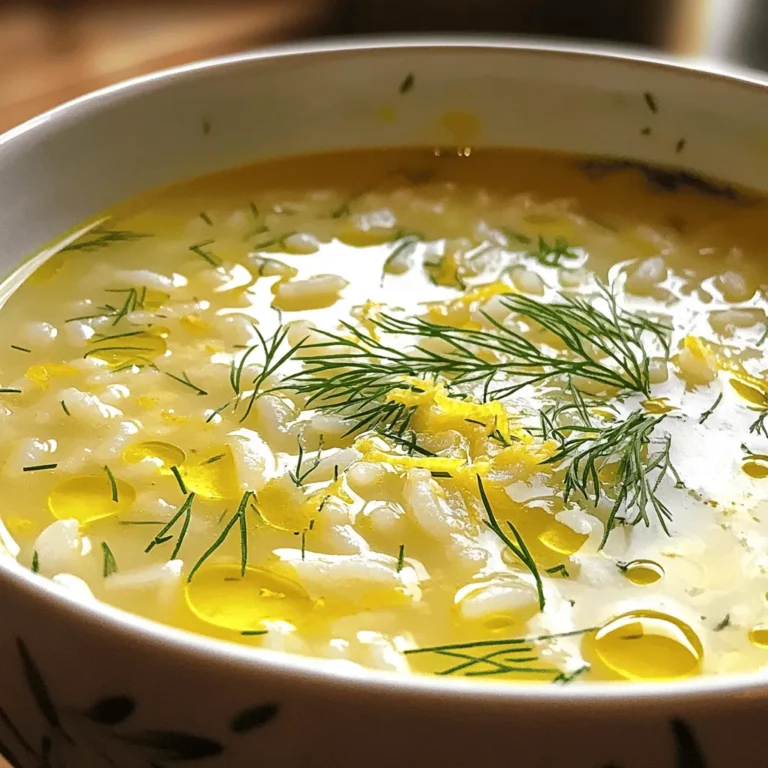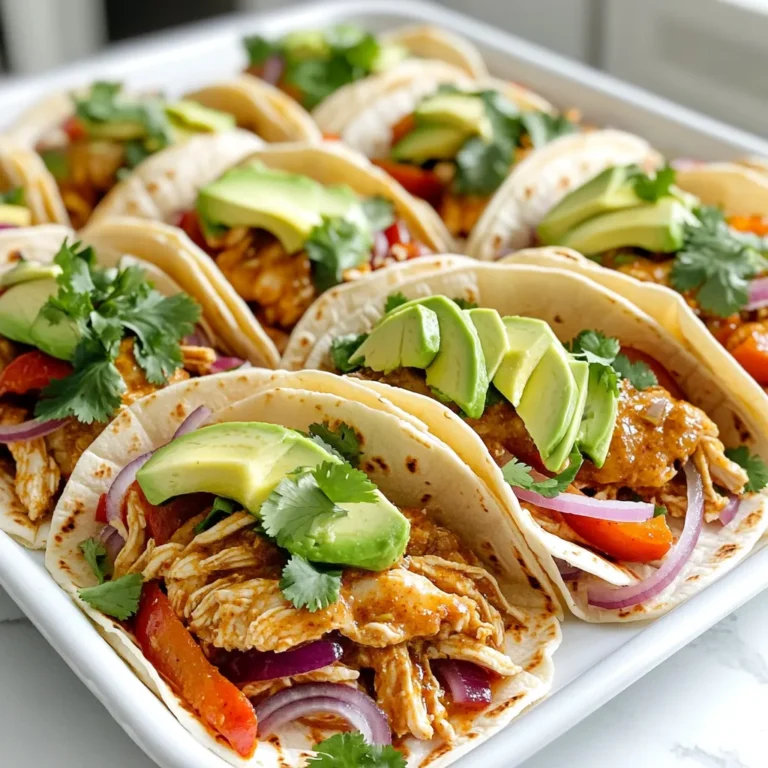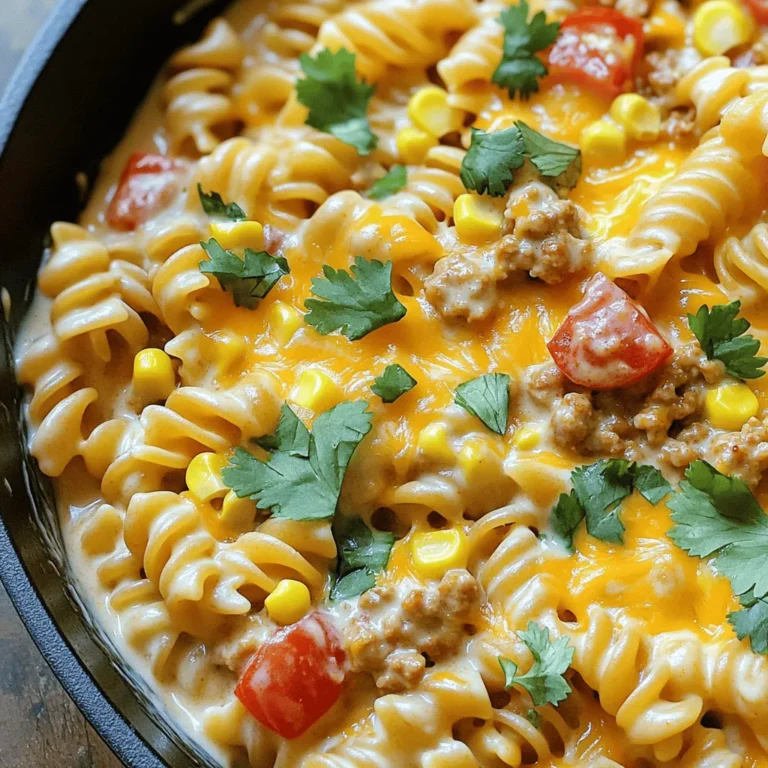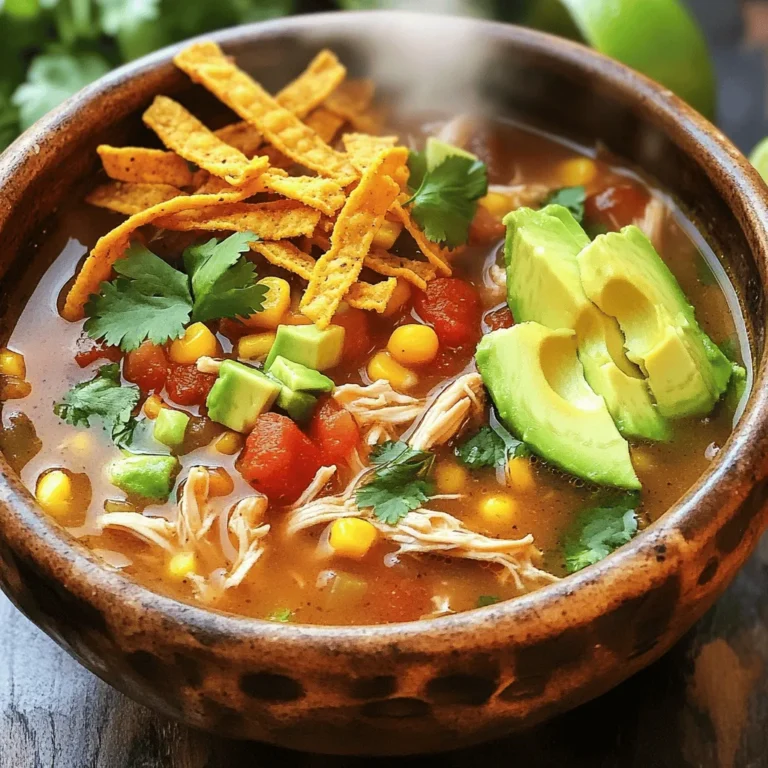Easy Thai Peanut Noodles Flavorful and Quick Meal
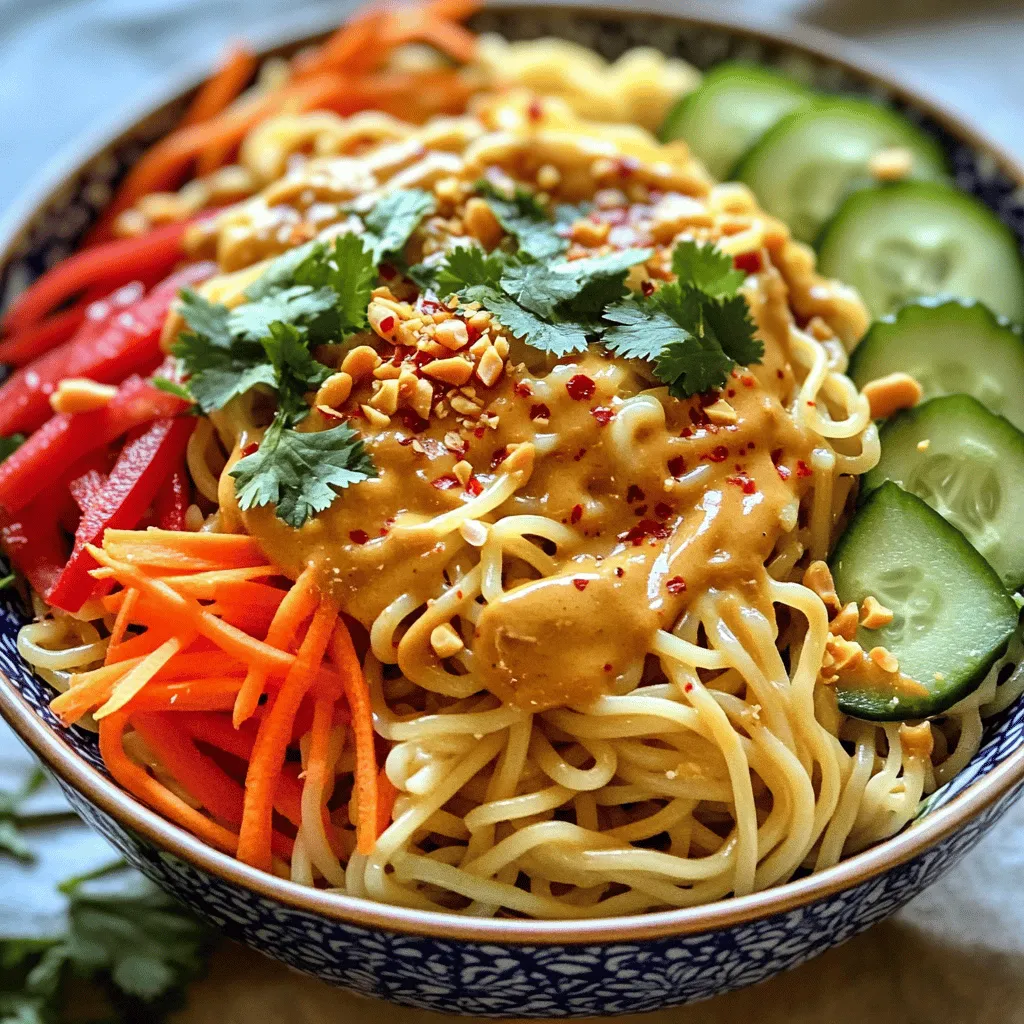
Looking for a quick meal that packs a punch? Try my Easy Thai Peanut Noodles! This dish bursts with rich flavors that everyone will love. With simple ingredients and easy steps, you can whip up a tasty dinner in no time. Whether you’re a beginner or a pro in the kitchen, these noodles will impress. Let’s dive into the ingredients and make this scrumptious meal today!
Ingredients
Essential Ingredients for Easy Thai Peanut Noodles
To make Easy Thai Peanut Noodles, you need key ingredients. Here’s what you will need:
- 8 oz rice noodles
- 1/2 cup creamy peanut butter
- 1/4 cup low-sodium soy sauce
- 2 tablespoons honey or maple syrup
- 1 tablespoon freshly squeezed lime juice
- 1 teaspoon sesame oil
- 1 red bell pepper, thinly sliced
- 1 cup shredded carrots (about 2 medium carrots)
- 1/2 cucumber, julienned
- 4 green onions, chopped (green and white parts separated)
- 1/4 cup crushed peanuts (for garnish)
- Fresh cilantro leaves (for garnish)
- Red pepper flakes (optional)
These ingredients create a rich and tasty dish. The rice noodles give a nice base, while the peanut butter adds creaminess. The soy sauce brings salt and umami to the mix.
Optional Ingredients for Added Flavor
You can make your noodles even better with some optional ingredients. Consider adding:
- Sliced jalapeños for spice
- Chopped bell peppers for crunch
- Fresh mint leaves for freshness
- Chopped cashews for more texture
- Lime wedges for extra zest
These extras can help you tailor the dish to your taste. Feel free to mix and match based on what you like.
Ingredient Substitutions
Don’t worry if you can’t find something. Here are some easy swaps:
- Use almond butter instead of peanut butter.
- Swap rice noodles for whole wheat or soba noodles.
- Honey can be replaced with agave nectar for a vegan option.
- You can use apple cider vinegar in place of lime juice.
These substitutions keep the dish delicious while accommodating your needs. Cooking should feel flexible and fun.
Step-by-Step Instructions
Preparing the Rice Noodles
Start by boiling water in a large pot. Once the water bubbles, add 8 oz of rice noodles. Cook them for 4-6 minutes. Check the package for exact times. When they are done, drain the noodles in a colander. Rinse them with cold water to stop cooking. Set the noodles aside to cool completely.
Making the Homemade Peanut Sauce
Grab a small mixing bowl. In it, combine 1/2 cup of creamy peanut butter, 1/4 cup of low-sodium soy sauce, and 2 tablespoons of honey or maple syrup. Add 1 tablespoon of freshly squeezed lime juice and 1 teaspoon of sesame oil. Whisk these ingredients together until smooth. If your sauce is too thick, add a splash of water, one tablespoon at a time, until it is creamy.
Combining and Tossing Ingredients
In a large mixing bowl, layer in the cooled rice noodles. Next, add sliced red bell pepper, shredded carrots, and julienned cucumber. Toss in the white parts of 4 chopped green onions for extra flavor. Drizzle the peanut sauce over the noodle mixture. Use two forks or tongs to toss everything together. Make sure all ingredients are well-coated with the sauce. Serve the noodles in bowls and garnish with the green parts of the green onions, crushed peanuts, and fresh cilantro leaves. If you like heat, sprinkle some red pepper flakes on top.
Tips & Tricks
Enhancing Flavor and Texture
To boost flavor, use fresh lime juice. It adds brightness and tang. You can also add minced garlic or ginger for an extra kick. If you like crunch, try adding crushed peanuts right before serving. They give a nice texture. For a more intense flavor, let the noodles sit in the sauce for a few minutes before serving. This lets the noodles soak up the taste.
Presentation Suggestions
To make your dish look great, use colorful bowls. A bright bowl makes the food pop. Arrange the garnishes neatly on top. Place cilantro leaves and green onions in a way that looks inviting. Add lime wedges on the side for a fresh touch. This makes the meal not only tasty but also pretty.
Common Mistakes to Avoid
One mistake is overcooking the noodles. They should be firm, not mushy. Always rinse them in cold water after cooking. This stops the cooking process. Another common error is not mixing the sauce well. Make sure it’s smooth before adding it to the noodles. Lastly, don’t skip the garnishes. They add flavor and make the dish more appealing.
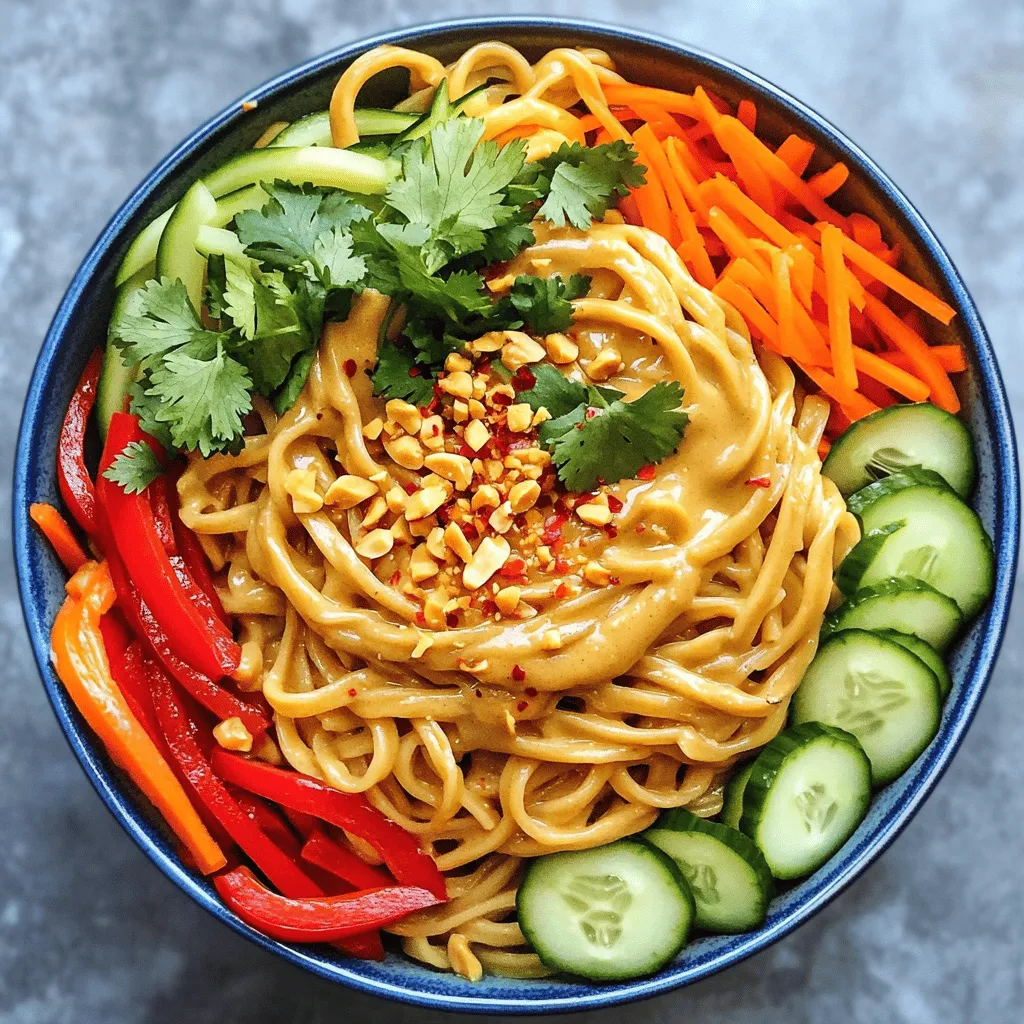
Variations
Protein Additions (e.g., chicken, tofu)
You can add protein to your Easy Thai Peanut Noodles. Options like chicken or tofu work well. For chicken, use cooked, shredded meat. Toss it in with the noodles. If you prefer tofu, try firm or extra-firm types. Cube the tofu and sauté it until golden. Add it to the dish for a nice crunch.
Vegetable Variations
The vegetable choices for this dish are endless. You can use bell peppers, carrots, and cucumbers. Want to change it up? Try adding snap peas or broccoli. You can also use spinach for some greens. Just remember to chop them small so they mix well with the noodles.
Dietary Modifications (vegan, gluten-free)
You can easily make this dish vegan. Just swap honey for maple syrup. To make it gluten-free, use tamari instead of soy sauce. Rice noodles are usually gluten-free, but always check the pack. These simple swaps let everyone enjoy the meal. For the best taste, adjust the sauce after making these changes.
Storage Info
Best Ways to Store Leftovers
To keep your Easy Thai Peanut Noodles fresh, store them in an airtight container. This helps keep the noodles and veggies from getting soggy. If you have extra peanut sauce, store it separately. This keeps the flavors strong and fresh.
How Long Do They Last?
When stored properly in the fridge, these noodles can last for about 3 to 5 days. If you notice any odd smells or changes in texture, it’s best to throw them out. Always trust your senses when it comes to food safety.
Reheating Tips
To reheat, you can use a microwave or a stove. If using the microwave, heat in short bursts, stirring in between. This prevents hot spots and keeps the noodles from getting tough. If using the stove, add a splash of water or extra sauce to keep them moist. This will help bring back their original flavor. Enjoy your meal again!
FAQs
How can I make the sauce spicier?
You can add red pepper flakes for heat. Start with a pinch. Mix it well. Taste the sauce before adding more. You can also use sriracha or chili paste. These options pack a punch too. Adjust to your taste for a spicy kick.
Can I use other types of noodles?
Yes, you can use other noodles. Try fettuccine, udon, or soba. Cook them according to the package. Just remember that cooking times may differ. Feel free to explore different textures and flavors.
What can I substitute for peanut butter?
If you need a swap, use almond or cashew butter. Sunflower seed butter is a great nut-free choice. These alternatives will keep the creamy texture. They also add unique flavors to the dish. You can still enjoy yummy noodles with these swaps.
Easy Thai peanut noodles are simple and fun to make. You start with key ingredients and can add your favorites for more flavor. Follow the steps to cook the noodles and make a tasty peanut sauce. Remember the tips to boost flavor and avoid common mistakes. You can swap in proteins and veggies to fit your diet. Store leftovers correctly to enjoy them later. In the end, these noodles are a versatile meal that fits many tastes. Try them out and make it your own!


![To make delicious spinach ricotta stuffed shells, gather these key ingredients: - 20 jumbo pasta shells - 2 cups fresh spinach, finely chopped - 1 cup creamy ricotta cheese - 1 cup shredded mozzarella cheese, divided - ½ cup grated Parmesan cheese - 1 large egg, lightly beaten - 2 cups marinara sauce, divided - 1 teaspoon garlic powder - 1 teaspoon onion powder - Salt and pepper, to taste - Fresh basil leaves, for garnish These ingredients create a rich and tasty filling. The spinach adds color and nutrition. The ricotta provides creaminess, while the mozzarella and Parmesan give a cheesy, savory flavor. While ricotta is the star, you can try other cheeses too. Here are some tasty options: - Cottage cheese: It’s similar to ricotta but a bit lighter. - Goat cheese: This adds a tangy flavor. - Cream cheese: It gives a rich, creamy texture. Feel free to mix and match! This lets you customize the taste to your liking. A good marinara sauce makes your dish shine. You can use store-bought or homemade. Here are some options: - Classic marinara: A simple, tomato-based sauce for a traditional taste. - Marinara with herbs: Look for added basil or oregano for extra flavor. - Spicy marinara: If you like heat, go for a sauce with red pepper flakes. You can find a perfect sauce that matches your style. The right sauce ties the whole dish together and makes it even more delicious. For the full recipe, check here: [Full Recipe]. Start by preheating your oven to 375°F (190°C). This heat will help cook the stuffed shells just right. Next, take a big pot and fill it with salted water. Bring the water to a boil. Once boiling, gently add the jumbo pasta shells. Cook them for 8-10 minutes until they are al dente. Be careful not to overcook them, or they will break. After cooking, drain the shells and let them cool for a bit. This step is vital for easy handling later. In a large bowl, mix the following ingredients for the filling: - 2 cups fresh spinach, finely chopped - 1 cup creamy ricotta cheese - ½ cup grated Parmesan cheese - 1 large egg, lightly beaten - 1 teaspoon garlic powder - 1 teaspoon onion powder - Salt and pepper, to taste Stir these ingredients until they blend well. The spinach should be evenly mixed with the cheeses and spices. This filling will give your shells a rich taste. Take a spoon and fill each jumbo shell with the spinach-ricotta mixture. Place the filled shells in a greased baking dish. Make sure they sit nicely side by side. After all shells are filled, pour half of the marinara sauce over them. This sauce keeps the shells moist and adds flavor. Next, sprinkle the remaining mozzarella cheese on top. Pour the rest of the marinara sauce over the shells. Cover the dish with aluminum foil to keep moisture in. Bake for 25 minutes. After that, remove the foil and bake for another 10-15 minutes. You want the cheese to be golden brown and bubbly. Let the shells cool a bit before serving. Garnish with fresh basil leaves for a pop of color and flavor. For the full recipe, check it out [Full Recipe]. When making spinach ricotta stuffed shells, some common mistakes can ruin the dish. First, avoid overcooking the pasta shells. They should be al dente, or firm. If you cook them too long, they may break apart when you fill them. Also, do not skimp on seasoning. Salt and pepper in the filling enhance the flavors. Lastly, ensure your filling is well mixed. Uneven filling can lead to bland bites. You can easily make this dish ahead of time. Prepare the stuffed shells as normal, but do not bake them. Instead, cover the dish with plastic wrap and foil. You can freeze them for up to three months. When you are ready to eat, bake them straight from the freezer. Just add an extra 10-15 minutes to the cooking time. This way, you have a delicious meal ready to go! To serve these stuffed shells, try pairing them with a simple salad or garlic bread. A fresh green salad adds a nice crunch. You can also sprinkle extra cheese or crushed red pepper on top for more flavor. For a touch of color, add fresh basil leaves as a garnish. It makes the dish look vibrant and appetizing. These little details make your meal special and enjoyable! For the full recipe, check the section above. {{image_4}} You can easily add meat to your spinach ricotta stuffed shells. Ground beef, turkey, or chicken work well. Just cook the meat in a skillet until it turns brown. Mix it into your filling of spinach and ricotta. This adds flavor and protein. It makes the dish heartier. If you want a vegetarian twist, try using different cheeses. Feta or goat cheese can add a nice tang. You can also mix in more veggies. Chopped mushrooms, bell peppers, or zucchini will enhance the filling. These options keep the dish fresh and exciting while still being meat-free. For gluten-free stuffed shells, look for gluten-free pasta shells. Many brands offer great options made from rice or corn. Cook them according to the package instructions. This way, you can enjoy delicious stuffed shells without gluten. The taste and texture remain satisfying, making it a great choice for everyone. You can find the full recipe [here](#). Store any leftover spinach ricotta stuffed shells in an airtight container. Allow them to cool first. This way, you keep the flavors fresh. You can also wrap them in plastic wrap if you prefer. To reheat, use your oven for the best results. Preheat your oven to 350°F (175°C). Place the stuffed shells in a baking dish. Cover with foil to keep them moist. Bake for about 20 minutes, or until warm. If you want to use a microwave, heat in short bursts. Stir gently between each burst to avoid hot spots. In the fridge, the stuffed shells last about 3-5 days. If you want to keep them longer, freeze them. In the freezer, they can last up to 3 months. To freeze, wrap them tightly in plastic wrap and then foil. This prevents freezer burn. When ready to eat, thaw in the fridge overnight before reheating. For the full recipe, check out the details above. You can use cottage cheese as a substitute for ricotta cheese. Blend it until smooth for a similar texture. Another option is cream cheese mixed with a bit of milk. This mix gives a rich flavor. If you want a dairy-free choice, try tofu blended with lemon juice and nutritional yeast. Each of these options works well in the recipe. You can use both fresh and frozen spinach. Fresh spinach gives you a bright taste. Just wash and chop it finely. Frozen spinach is easy and saves time. Make sure to thaw it and squeeze out the water. Too much water will make your filling soggy. Either choice will work well in your stuffed shells. The stuffed shells are done when the cheese is golden brown and bubbly. Bake them covered for the first 25 minutes. Then, remove the foil and bake for an extra 10-15 minutes. Check the edges of the sauce to see if it’s bubbling. If you see that, your stuffed shells are ready to enjoy. For more details, refer to the Full Recipe. In this post, we covered how to make spinach ricotta stuffed shells. We explored main ingredients, cheese choices, and marinara sauce options. I shared step-by-step instructions for cooking, filling, and baking. You learned tips to avoid mistakes and how to serve and store leftovers. Spinach ricotta stuffed shells are versatile and fun to make. With the right ingredients and techniques, you can enjoy a delicious meal that suits your taste. So, gather your ingredients, and get cooking!](https://dishtreats.com/wp-content/uploads/2025/07/1fe149c7-a7b6-44ce-beb5-3366f3dded82-768x768.webp)
![- 8 oz. spaghetti or pasta of your choice - 1 cup cherry tomatoes, halved - 1 cup zucchini, sliced into half-moons - 1 cup mixed bell peppers, sliced - 1 cup broccoli florets - 1 cup fresh spinach - 2 tablespoons extra virgin olive oil - 3 cloves garlic, finely minced - Zest and juice from 1 medium-sized lemon - 1 teaspoon dried oregano - Salt and freshly ground black pepper, to taste - Fresh basil leaves and grated Parmesan cheese (optional) When I craft my Pasta Primavera, I focus on fresh and vibrant veggies. The cherry tomatoes burst with flavor, giving a sweet touch. Zucchini adds a nice crunch, while bell peppers bring color. Broccoli florets add a delightful bite, and fresh spinach wilts perfectly into the mix. I love using extra virgin olive oil for its rich taste. Garlic gives it a fragrant kick. The zest and juice of the lemon brighten the dish and enhance all the flavors. Dried oregano is my go-to herb here, adding warmth and depth. A pinch of salt and pepper brings it all together. For a finishing touch, I often sprinkle fresh basil on top. You can also add grated Parmesan cheese for creaminess. This recipe is simple yet packed with flavor, perfect for any meal. To see the full recipe, check out the details above. - Fill a large pot with salted water. - Bring to a boil and cook pasta until al dente. - Reserve pasta water and drain. To cook the pasta, I fill a big pot with water and add a good amount of salt. This helps to flavor the pasta. Once the water boils, I add my spaghetti or whatever pasta I choose. I cook it until it is al dente, which means it is firm but cooked. Before draining, I set aside about one cup of the pasta water. This water is full of starch and will help make my sauce creamy later. - Heat olive oil in a skillet. - Sauté minced garlic for fragrance. - Add broccoli and mixed bell peppers, sauté for 3-4 minutes. Next, I heat some olive oil in a large skillet over medium heat. Once the oil is hot, I add minced garlic and sauté it for about 30 seconds. The smell is amazing! I have to be careful not to burn it. After that, I toss in the broccoli and mixed bell peppers. I sauté these for 3-4 minutes until they soften a bit but still have some crunch. - Incorporate zucchini and cherry tomatoes. - Add reserved pasta water and seasonings. - Let simmer to create sauce. Now, I add my zucchini and cherry tomatoes to the skillet. I stir everything for about three minutes. The tomatoes will start to release their juices, making the dish juicy. I then pour in the reserved pasta water, followed by the lemon juice and zest, and dried oregano. This creates a light sauce. I let it simmer for two minutes to blend the flavors. - Add drained pasta and fresh spinach. - Toss until well mixed. - Season to taste and plate with garnishes. Finally, I gently add the drained pasta to the skillet along with fresh spinach. I toss everything well so the pasta gets coated in the sauce. The heat wilts the spinach just right. I taste the dish and season it with salt and black pepper. To serve, I plate the pasta in deep bowls and garnish with fresh basil and a sprinkle of Parmesan cheese if I want. This dish looks and tastes great. You can find the full recipe for this delightful dish to enjoy! To achieve al dente pasta, you need to watch the clock. Start checking your pasta a minute before the package time. It should be firm but not hard. The texture is key! Reserving pasta water is a must. Always save about one cup before you drain it. This water is starchy and helps create a silky sauce later. It can make your dish creamy without adding heavy cream. To boost flavor, think about adding fresh herbs like parsley or thyme. You can also sprinkle in some red pepper flakes for heat. These add extra layers of taste and excitement. When sautéing vegetables, keep the heat high but don’t overcook them. Stir them quickly to keep their crunch. A short cooking time keeps veggies bright and fresh. For a beautiful presentation, use deep bowls for serving. This allows the colors to pop. A splash of lemon zest on top adds brightness, too. Garnishing can elevate your dish. Scatter fresh basil leaves over the top. A sprinkle of grated Parmesan cheese adds a nice touch. It makes your dish look like it came from a restaurant! For the full recipe, check out the detailed instructions above. Enjoy your cooking adventure! {{image_4}} You can change up the veggies in your Pasta Primavera with Lemon. Seasonal veggies work best. Try using asparagus, snap peas, or carrots. These will add color and flavor. If fresh veggies aren't available, frozen ones are a great option too. Just remember to thaw them and drain any excess water before cooking. This keeps your dish from getting soggy. Want to make your Pasta Primavera heartier? You can add protein! Chicken, shrimp, or tofu are great choices. If you use chicken, cook it in the skillet first, and then add the veggies. For shrimp, toss them in when the veggies are almost done. They only need a few minutes to cook. If you prefer tofu, press it to remove moisture, then cube and sauté until golden before adding it to the mix. Pasta Primavera is very flexible with pasta types. You can choose gluten-free pasta if you need it. Options like brown rice or quinoa pasta work well. Whole grain pasta is another healthy choice, adding fiber to your meal. If you want something unique, try legume-based pasta made from lentils or chickpeas. These add a nice twist and extra protein. For the full recipe, check out the [Full Recipe]. To keep your Pasta Primavera fresh, refrigerate it right after cooling. Place it in airtight containers. This helps lock in flavors and keeps it safe to eat. Always store leftovers within two hours of cooking. The pasta will taste great for up to three days in the fridge. When you reheat your pasta, use a stove or microwave. For the stove, add a splash of water or olive oil. Stir gently to heat evenly. If using a microwave, cover it to keep moisture in. Avoid overheating to prevent soggy pasta. Heat just until warm. To freeze Pasta Primavera, let it cool first. Transfer it to freezer-safe containers, leaving space for expansion. This dish can be frozen for up to three months. When ready to eat, thaw it overnight in the fridge. Reheat it on the stove or microwave, adding a bit of water to help it steam. Enjoy your flavorful veggie delight later! For the full recipe, check out the details above. Pasta Primavera lasts about 3 to 5 days in the fridge. To keep it fresh, store it in an airtight container. It’s best to let the pasta cool before sealing. This helps prevent moisture buildup, which can make it soggy. Yes, you can make Pasta Primavera ahead of time. To prepare, cook the pasta and veggies as usual. Let everything cool completely before storing. When you are ready to eat, just reheat it in a skillet over low heat. Add a splash of water or extra olive oil to keep it moist. If you need a lemon substitute, try lime juice or vinegar. Use the same amount, about 2 tablespoons. You can also use orange juice for a sweeter flavor. Adjust to your taste, as different fruits can change the dish's profile. Pasta Primavera is healthy and full of nutrients. It has lots of veggies like broccoli, spinach, and bell peppers. These provide vitamins and fiber. The olive oil adds healthy fats. Overall, this dish is low in calories and high in flavor, making it a great choice. Pasta Primavera is a simple and tasty dish. We discussed the essential ingredients, like pasta, fresh vegetables, and seasonings. I shared step-by-step instructions for cooking and combining ingredients. You can enhance flavors with herbs and spices while following tips for perfect presentation. Consider variations with protein and different pasta types for more options. Lastly, I covered storage and reheating to keep leftovers fresh. This dish is not only delicious but also healthy, making it a great meal for everyone. Enjoy experimenting with it!](https://dishtreats.com/wp-content/uploads/2025/05/1202f33f-9285-4746-af91-946a78d77e80-768x768.webp)
